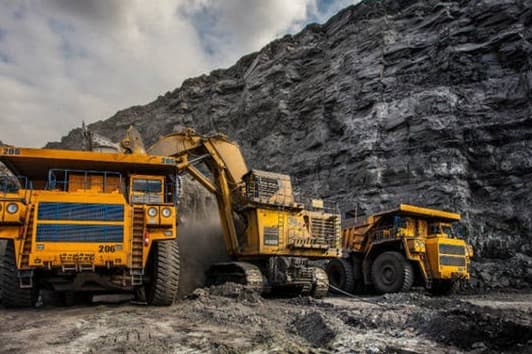As global economic recovery remains uneven in 2024, geopolitical tensions and trade protectionism continue to reshape the mining landscape. With the world entering a new phase of energy transition and technological revolution, critical minerals have become a central focus of national security and strategic competition among major economies.
Major Economies Escalate Competition Over Critical Minerals
Developed economies are intensifying their strategic race to secure access to key resources such as lithium, nickel, copper, and rare earth elements. Countries like the United States, Canada, and the European Union have updated their critical mineral lists, introduced new tariffs, and tightened foreign investment rules in the mining sector.
In 2024, Canada expanded its list of critical minerals to 34 items, adding high-purity iron, phosphorus, and metallic silicon. The United States followed suit in early 2025 by including uranium, copper, potash, and coal. At the same time, the U.S.-led Mineral Security Partnership (MSP) expanded its membership to 16 countries, reflecting a growing effort to establish secure and transparent global supply chains.
The geopolitical dimension of mining is also evolving. The U.S. announced a 50% import tariff on copper starting in August 2025, while countries like Australia and Canada strengthened their national security review mechanisms to limit foreign investments in critical mineral projects. Meanwhile, the European Union’s Critical Raw Materials Act (CRMA) is setting new global standards for environmental and labor protections across the mining value chain.
Developing Nations Strengthen Resource Governance
Resource-rich developing countries are also reforming their mining governance frameworks to enhance sustainability, transparency, and national benefit.
China, for example, implemented its revised Mineral Resources Law on July 1, 2025, focusing on the efficient and eco-friendly development of mineral resources. Brazil, South Africa, and India have accelerated their mining policy reforms to attract investment, improve licensing systems, and enhance transparency in geological data.
Meanwhile, African and Central Asian nations such as Mali, Niger, Zimbabwe, Mongolia, and Kazakhstan have increased their control over strategic mineral projects by establishing state-owned mining enterprises, revising royalty structures, and promoting local mineral processing industries. These measures aim to strengthen domestic value chains and ensure that more benefits remain within their economies.
The Rise of ESG and Sustainable Mining
Environmental, Social, and Governance (ESG) standards have become a global benchmark for modern mining. Developing countries are now taking active roles in promoting sustainable practices. In 2024, a United Nations task force on critical minerals released a report titled “Resources for Energy Transition: Principles for a Fair and Just Supply Chain,” emphasizing human rights, transparency, and sustainability throughout the mining value chain.
As ESG compliance becomes a universal expectation, the demand for safe, durable, and environmentally friendly mine support products continues to grow. Reliable ground control solutions—such as rock bolts, anchor cables, wire mesh, and steel arches—play a vital role in ensuring both worker safety and sustainable operations.
Hebei Jiufu: Supporting the Global Mining Transition
In this evolving landscape, Hebei Jiufu Industrial and Mining Accessories Co., Ltd. stands out as a trusted supplier of mine support products for underground and open-pit mining projects worldwide. The company provides high-quality, customizable support systems designed to meet international safety and ESG standards.
By combining innovation, durability, and environmental responsibility, Hebei Jiufu contributes to the global shift toward safer and greener mining operations—helping clients adapt to the new era of responsible resource development.
Post time: Nov-11-2025
















